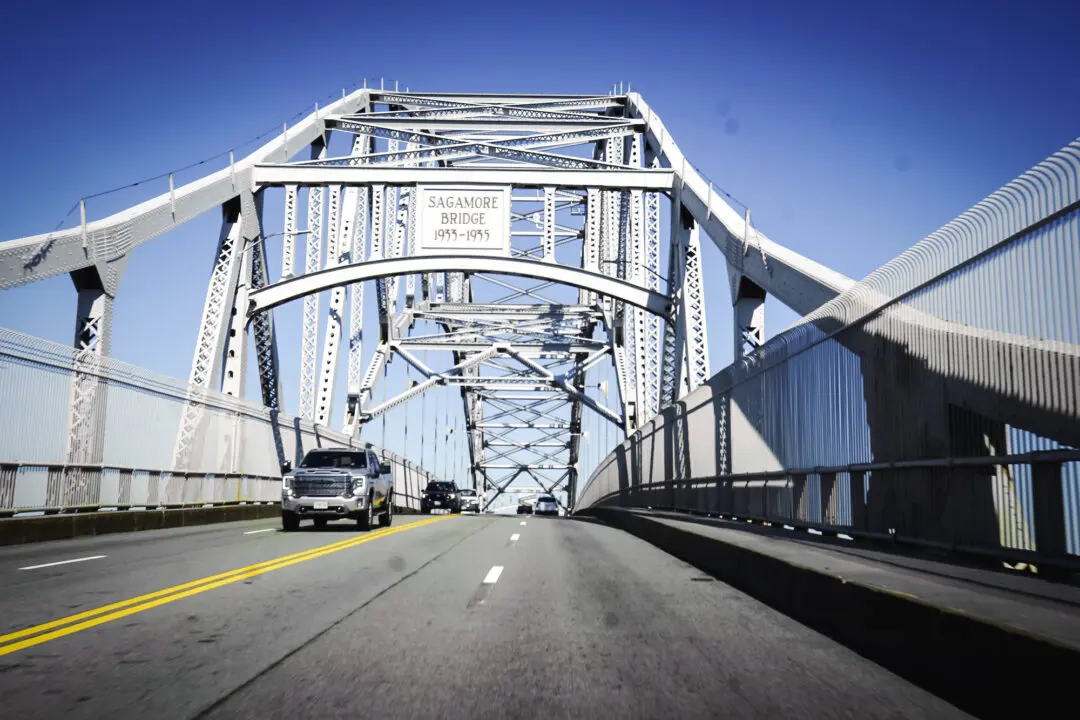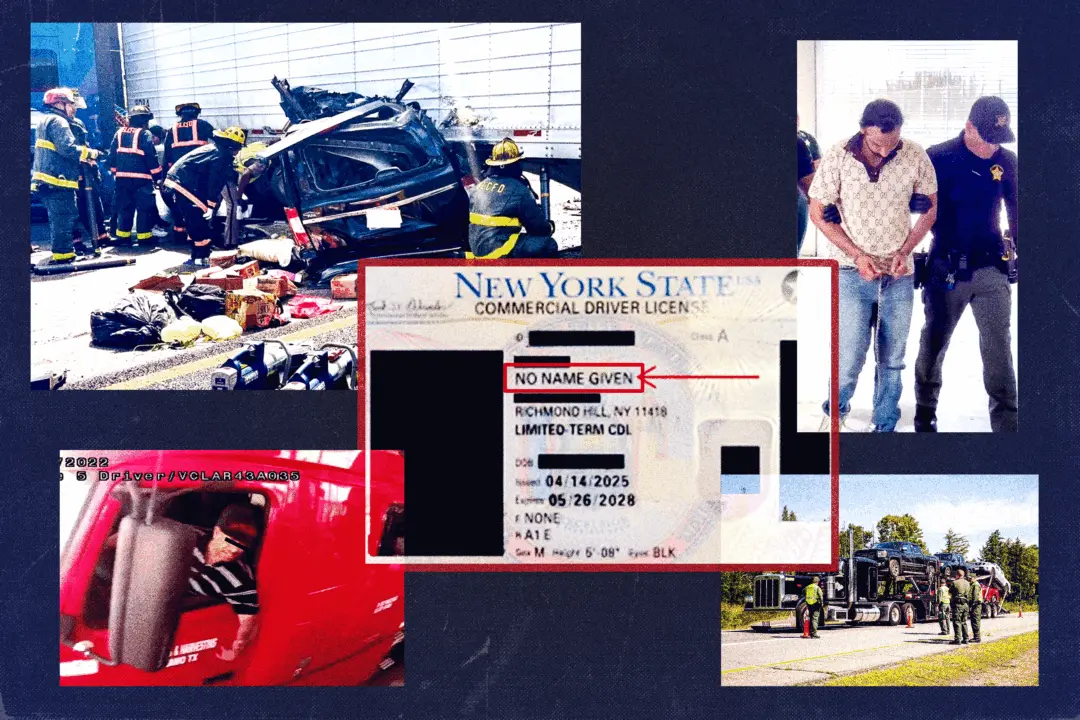Louisiana has enacted a law that will allow big-rig trucks to haul tandem loads as a way to boost the volume of shipments amid a growing shortage of drivers.
A recent study by the American Trucking Associations found that the nationwide shortage could top 160,000 drivers by 2030, after setting a historic shortage of 80,000 drivers in 2021.





